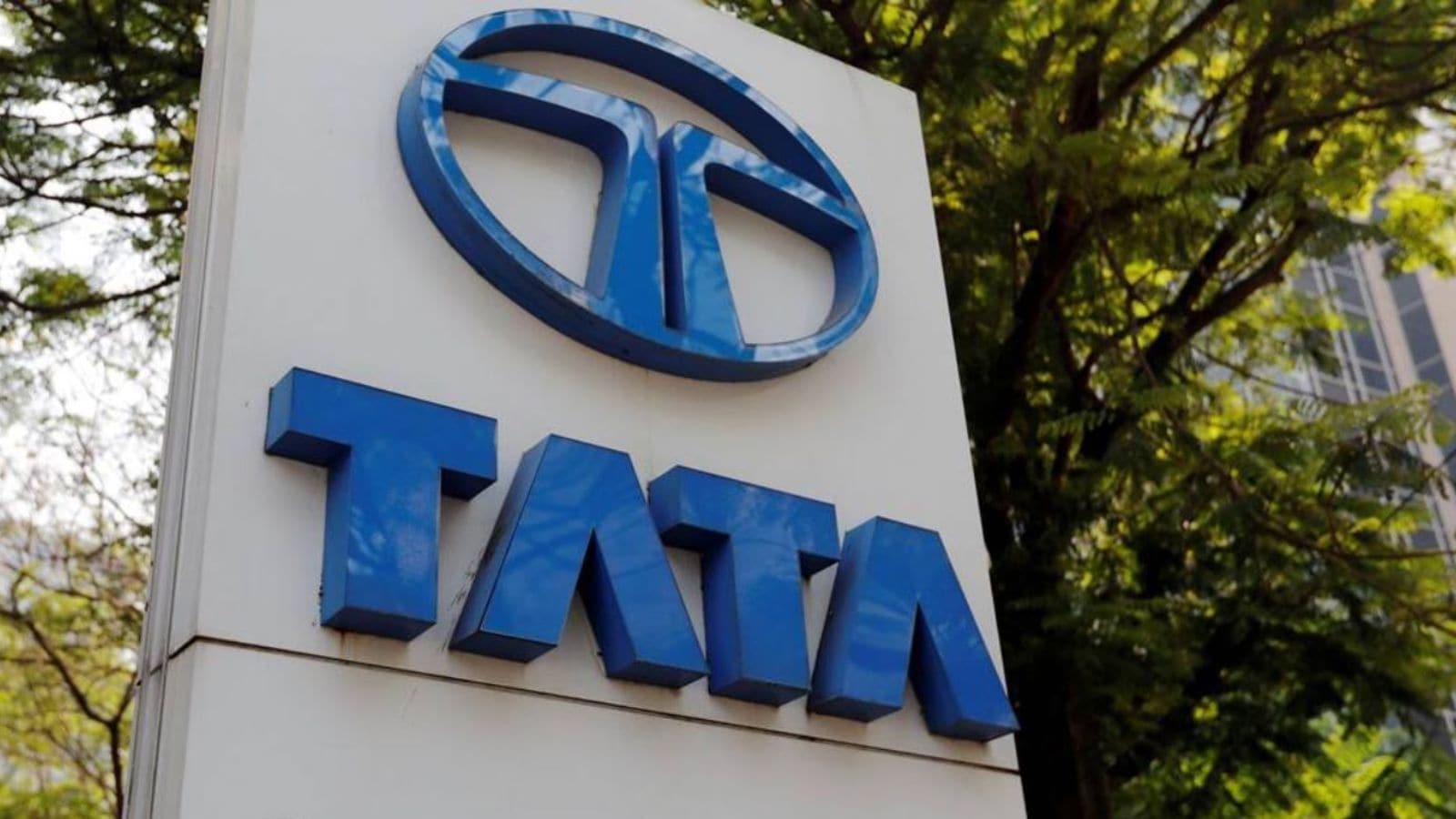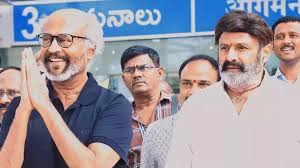
New Royalty Rates Boost India's Critical Minerals
The Union Cabinet's recent approval of new royalty rates for four critical minerals—graphite, caesium, rubidium, and zirconium—marks a significant step towards strengthening India's mineral production capabilities.
These minerals play a vital role in the transition to green energy and high-tech applications. Graphite, for instance, is essential for electric vehicle (EV) batteries, while zirconium is used in nuclear energy applications due to its corrosion resistance. Caesium and rubidium find their use in high-tech electronics, including atomic clocks and fibre optics. By ensuring a steady domestic supply, India can enhance its technological advancement and energy security.
Import restrictions from China, which currently holds a monopoly over the production of many critical and rare earth minerals, have posed challenges to global supply chains. With this new policy, the Indian government aims to reduce reliance on imports and promote indigenous production of these crucial minerals.
The Cabinet's decision to shift the royalty calculation mechanism for graphite from a per-tonne basis to an ad valorem basis is particularly noteworthy. This change means that the royalty rates will now reflect the actual market price of graphite, allowing for more flexibility in addressing fluctuations in the mineral's price. For graphite containing 80% or more fixed carbon, the royalty rate is set at 2% of the average sale price (ASP), whereas graphite with less than 80% fixed carbon will incur a 4% royalty rate.
Similarly, the royalty rates for caesium and rubidium have been fixed at 2% of the ASP of the respective metals found in the ore, while zirconium has a lower rate of 1%. This structured approach not only unlocks the potential of these minerals but also encourages the auctioning of mineral blocks containing associated critical minerals like lithium and tungsten.
The government's proactive stance is expected to open up new opportunities for exploration and production, with at least nine blocks identified in the upcoming auctions of critical minerals. This includes five blocks of graphite, two of rubidium, and one each of caesium and zirconium. By facilitating easier access to these resources, India can pave the way for a more sustainable and self-reliant future in energy and technology.












